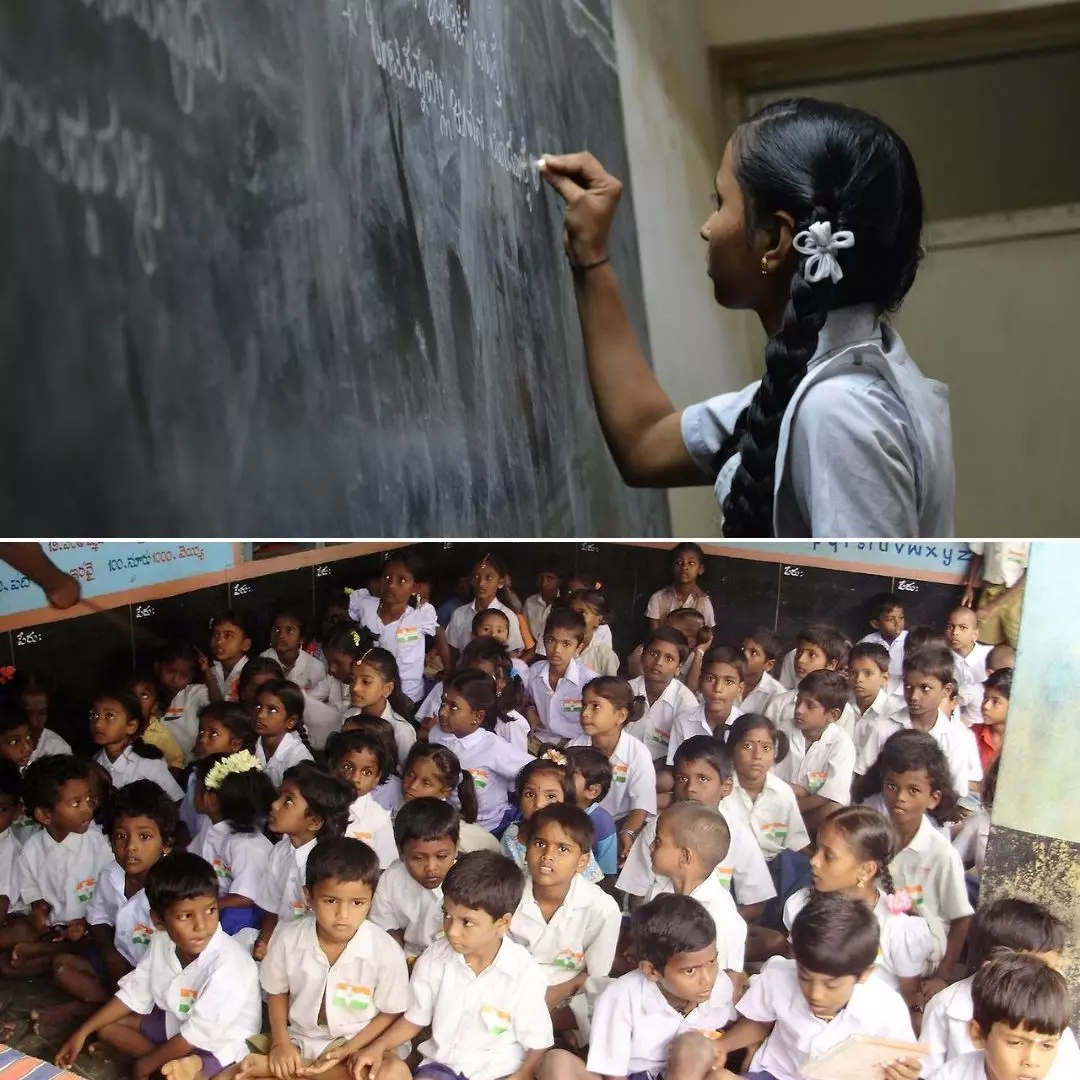Disparity In Education! Know Why Schools In Rural India Lack Basic Hygiene & Infrastructure
Writer: Ronit Kumar Singh
A confident and reliable journalist who always desires to toss the unheard voices. I cover politics and governance extensively through stories.
India, 28 Feb 2023 6:30 AM GMT | Updated 28 Feb 2023 6:30 AM GMT
Editor : Shiva Chaudhary |
A post-graduate in Journalism and Mass Communication with relevant skills, specialising in content editing & writing. I believe in the precise dissemination of information based on facts to the public.
Creatives : Ronit Kumar Singh
A confident and reliable journalist who always desires to toss the unheard voices. I cover politics and governance extensively through stories.
The quality of education is majorly dependent on physical infrastructures such as the availability of electricity for digital education, adequate classrooms, and hygiene maintenance, among others. These facilities are maintained in most urban private and government schools, but rural students face most of the challenges.
There are several factors that determine the quality of education in a school. The physical infrastructures, such as the availability of electricity for digital education, adequate classrooms, and hygiene maintenance, among others, are the most critical factors. However, rural schools in India lack most of the mentioned factors.
Schools in rural areas seek the immediate attention of lawmakers and educational organisations as the conditions of these schools are not promising. Education is the primary requirement that contributes to children's personality and mental development. The constitution also considers free and compulsory education for children aged 6 to 14 as a fundamental right.
According to the Right to Education Act 2009, every school building should have at least one classroom for every teacher, barrier-free access, and separate washrooms for girls and boys. The act also highlights that a safe drinking water supply to schools is mandatory. Despite the government's focus, rural schools struggle to get proper infrastructure and basic hygiene facilities.
Rural Schools Deserve Better
The infrastructural mismanagement has come under the spotlight when media reports claim for shortage of teachers in the rural schools of India, a lack of resources to impart education, a lack of school funds for development goals, and a lack of basic hygiene in drinking water, school cleanliness and mid-day meals.
According to the Annual Status of Education Report (ASER), rural school infrastructure was far below the satisfactory level, with 82 per cent of rural schools requiring renovation due to poor conditions. Faculty being absent and books going missing is the major finding.
Basic Hygiene In Rural Schools
After most of the students returned to their schools post-pandemic, the cases of food poisoning across India started coming under the spotlight. As many as 120 students in Bihar, Andhra Pradesh, and Karnataka suffered from food poisoning. In 2022, more than 900 students across India faced food poisoning due to unhygienic food consumption.
The Comptroller and Auditor General of India blame insufficient inspections, poor infrastructure, and irregular licensing to vendors as the main factors behind rising hygienic issues in rural schools. However, several non-profit organizations have come forward to combat the issue at the earliest.
Also Read: Time To Care For Elderly! Know The Reason Behind Rising Number Of Old-Age Homes In India
 All section
All section

















